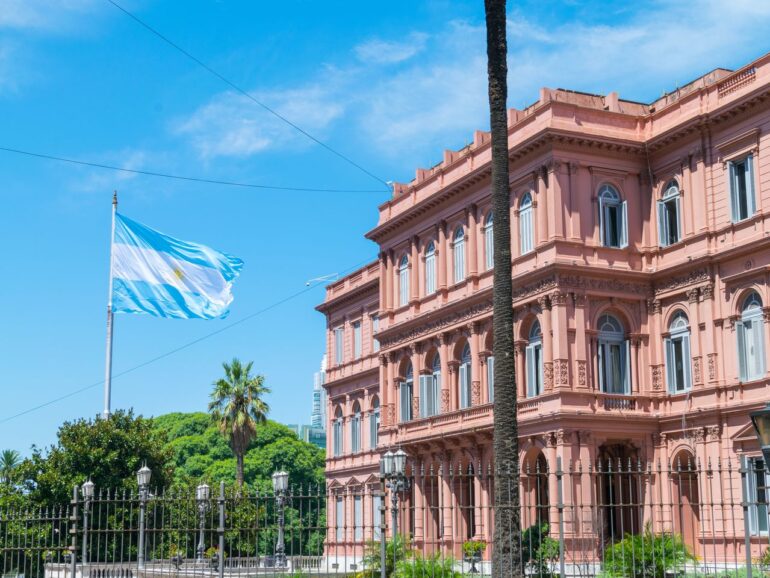Argentina’s financial system, with a huge boost of fintech in recent years, is approaching full coverage of its population, its central bank said in a recent report.
The rapid expansion of financial technology companies has played a pivotal role in addressing longstanding financial inclusion challenges in Latin America, particularly in countries grappling with large segments of the population lacking access to traditional banking services.
Some countries like Argentina are now counting on success.
The Argentinian central bank recently announced that, with the assistance of non-traditional players such as fintech, the financial system is on the verge of achieving full coverage for the adult population. Argentinians with accounts have surged to 35.7 million by the first half of 2023. This means it covers over 99% of the population aged 18 and above.
Its compound effect has been notorious, and the number starkly contrasts with the metrics a few years back. In 2017, over half of the adult population in Argentina lacked access to bank accounts, according to data from the World Bank’s Global Findex Database. This share was aligned with the Latin American average at that time.
According to the central bank, individuals aged between 20 and 44 years old recorded the highest levels of transactions. On average, each person makes 25 monthly electronic payments, setting a historical record and underscoring the rapid advancement of digital payments in Latin America.
Mercado Pago leads the race
The surge in financial inclusion in Argentina is attributed mainly to the proliferation of virtual accounts offered by payment companies. Mercado Pago, the fintech subsidiary of e-commerce giant Mercado Libre, has experienced substantial growth in recent years. The firm is recognized for significantly contributing to financial inclusion throughout the country, even in remote areas beyond Buenos Aires, its largest metropolis.
Other competitors, like neobank Ualá, have also risen to the challenge, attracting millions of customers through virtual accounts. However, Mercado Pago’s dominance in Argentina has been undisputed in the digital banking space. It has frequently clashed with traditional banks over what lenders perceive as friendlier regulations. While Mercado Pago operates in most countries in Latin America, its grip is nowhere as strong as in Argentina, where it was founded.
The overall fintech ecosystem has experienced massive growth. According to a report by Finnovista and Visa, the number of fintechs has grown to 343 in 2023. This is more than double its size of 158 in 2019. The most common categories are lending fintechs and payment providers, followed by wealth management services oriented toward cryptocurrency. The sector attracted close to $1 billion in investments last year.

Optimism among fintech in Argentina under Milei’s presidency
In recent years, the growth of the fintech sector in Argentina has faced obstacles. Notably, the regulator has banned both fintechs and banks from offering crypto brokerage services, a lucrative product elsewhere in Latin America for neobanks to generate substantial fees.
Additionally, the central bank has been embroiled in a contentious dispute with Mercado Pago, the country’s largest digital bank. The founders of Mercado Libre and Ualá have criticized several government measures.
With a change in administration, some are brimming with hope for winds of change.
Insiders in the fintech sector are anticipating improved conditions for the sector. However, the pressing economic reality in Argentina will likely result in the government’s postponement of sector policy. The country faces severe hyperinflation risk. Also, the economy is now heading into a recession as libertarian president Javier Milei dictates a sharp fiscal adjustment.
There is an expectation that the new administration will likely move toward deregulating the economy. Also, potentially fostering the fintech sector.
QR code payments on the rise
The Argentine regulator’s stance starkly contrasts with Brazil’s central bank, which published several innovations that contributed to advancing digital payments in the past few years.
The local central bank is working on regulations to harness the extensive QR code network in physical stores. There is an expectation the Milei government will implement it sooner rather than later.
Starting from February, all payment companies should be able to utilize the network for credit card payments. This leverages users’ widespread daily use of QR codes for in-store payments. The regulation dictates that stores displaying a QR code must accept payments from any interoperable digital wallet. This is regardless of the QR code’s brand.


